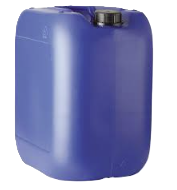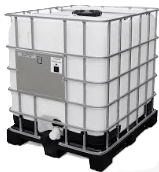One of the most common uses is in the food industry, specifically the meat industry, where it is used as a preservative and colour fixative for meats and their derivatives. Also used in the manufacture of glass, enamels. Fertilising agent.
Identified uses:
| Concentration | ≥ 99% |
|---|---|
| Appearance | Prilled, white, odourless solid. |
| pH | 6 – 9 (5% aqueous solution) |
| Presentations | Sacks of 25 kg |

Used in the manufacture of fertilisers. Production of nitric acid. Food preservative. Identified uses: Industrial use of potassium nitrate for formulation of preparations, syntheses and end use in industrial environments. Professional use of potassium nitrate for formulation of preparations and end use. Use of fertilisers and other products by consumers.
0,00 € Add to the list
“Chrome reducer. Alkalising agent in the manufacture of sodium salts and effervescent salts, in yeasts and beverages. Deliming aid with good oxidising and whitening effect. Used in dyeing, whitening and disinfecting wool, as well as in the extraction of permanganate in hides. Used to obtain paper pulp. Additive for cleaning products. Identified uses: Manufacture and […]
0,00 € Add to the list
Additive for cleaning products. Fertiliser. Manures and fertilisers. Identified uses: Industrial distribution of the substance. To prepare chemical mixtures and as an intermediate chemical product. As a processing additive or reagent and for general chemical applications (e.g. organic/inorganic syntheses, corrosion protection, latex production, extraction, plastics, water treatments/septicity control, pH/neutralising agent, ion exchange). As a laboratory […]
0,00 € Add to the list
Neutralising acid for basic systems. Neutralising acid for basic systems. Cleaning of metals. Catalyst and solvent in organic syntheses. Identified uses: Chemical industry. Water treatment. Treatment of metals. pH adjusting agent. Used as an intermediate: Industrial Formulation and (re)packaging: Industrial, professional
0,00 € Add to the list|
Type of product
|
Measures
|
|---|---|
 Jerrican
Jerrican
|
20lts
|
 Drum
Drum
|
200lts
|
 CGR
CGR
|
1000lts
|
 Tank
Tank
|
25tn
|